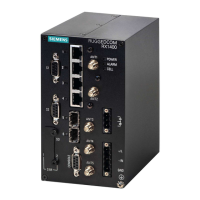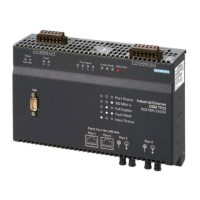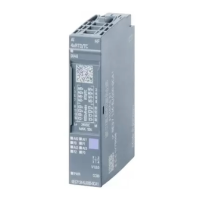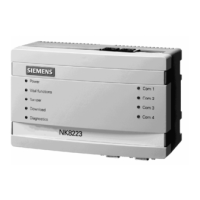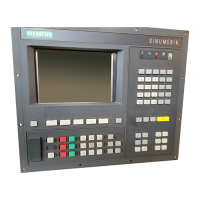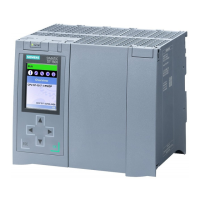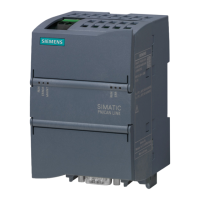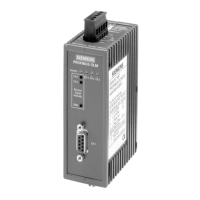Chapter 8
Layer 2
RUGGEDCOM ROX II
CLI User Guide
302 VLAN Concepts
• Implicitly
When a VLAN ID (VID) is set for a Port VLAN (PVLAN), static MAC address or IP interface, an appropriate VLAN is
automatically created if it does not yet exist.
• Dynamically
VLANs can be learned through GVRP. For more information about GVRP, refer to Section8.5.1.7, “GARP VLAN
Registration Protocol (GVRP)”
CONTENTS
• Section8.5.1, “VLAN Concepts”
• Section8.5.2, “Configuring the Internal VLAN Range”
• Section8.5.3, “Enabling/Disabling Ingress Filtering”
• Section8.5.4, “Managing VLANs for Switched Ethernet Ports”
• Section8.5.5, “Managing Static VLANs”
• Section8.5.6, “Managing Forbidden Ports”
• Section8.5.7, “Managing VLANs for Interfaces and Tunnels”
Section8.5.1
VLAN Concepts
This section describes some of the concepts important to the implementation of VLANs in RUGGEDCOM ROX II.
CONTENTS
• Section8.5.1.1, “Tagged vs. Untagged Frames”
• Section8.5.1.2, “Native VLAN”
• Section8.5.1.3, “Edge and Trunk Port Types”
• Section8.5.1.4, “Ingress Filtering”
• Section8.5.1.5, “Forbidden Ports List”
• Section8.5.1.6, “VLAN-Aware Mode of Operation”
• Section8.5.1.7, “GARP VLAN Registration Protocol (GVRP)”
• Section8.5.1.8, “PVLAN Edge”
• Section8.5.1.9, “VLAN Advantages”
Section8.5.1.1
Tagged vs. Untagged Frames
VLAN tags identify frames as part of a VLAN network. When a switch receives a frame with a VLAN (or 802.1Q)
tag, the VLAN identifier (VID) is extracted and the frame is forwarded to other ports on the same VLAN.
When a frame does not contain a VLAN tag, or contains an 802.1p (prioritization) tag that only has prioritization
information and a VID of 0, it is considered an untagged frame.
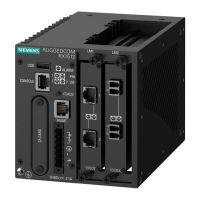
